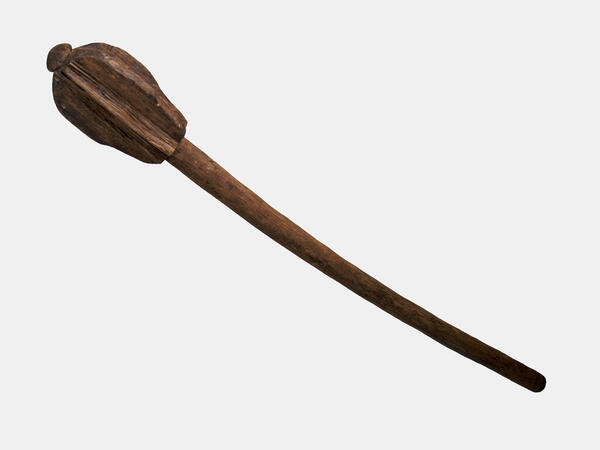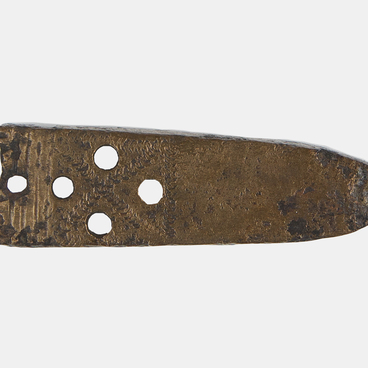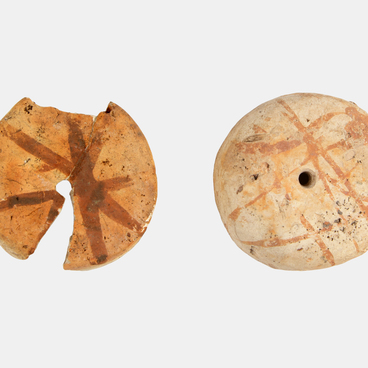A pernach, or pernat, is an Old Russian melee weapon. It belonged to the bludgeoning weapons type. It was a type of mace, but smaller in size. To enhance the striking effect, up to 20 metal plates were molded to its head.
The pernach appeared in the Middle Ages after plate armor. It delivered a more accurate and powerful blow compared to a mace, the spherical head of which would slip off the armor, or an ax, the blade of which would get stuck.
A pernach could be designed to be held with one or two hands — the latter type reached two meters in length and had two combat surfaces. Often, a one-hand pernach had a loop for attaching it to the wrist. The advantages of this weapon include its functional design: the pernach did not require sharpening and was excellent for long-distance military campaigns.
In the 17th century, the pernach was no longer used by the military and became a ceremonial weapon, a sign of belonging to the elite command staff. As a symbol of power, the pernach was used by Cossack atamans before the Civil War of 1917–1922.
The Tula Kremlin Museum displays a life-size medieval wooden copy of a metal feather. It consists of a pear-shaped pommel with seven figured protrusions — “feathers” — and a round handle. Such a weapon weighs about 500 grams.
The wooden pernach was found in 2014 during archaeological excavations in the Tula Kremlin. It was well preserved in a deep cellar under a burnt medieval house. Only two adjacent “feathers” on the combat pommel were lost. In addition to the Tula wooden pernach, there is only one more similar find known on the territory of the Russian Federation, made in Pskov three years earlier.
The Tula and Pskov pernachs are shortened wooden analogues of real military weapons. It can be assumed that this pernach belonged to a child of a serving noble or boyar. According to the Service Code of 1555–1556, teenagers who had reached the age of fifteen were already subject to “recruitment” into the army as “newcomers” and, therefore, received real military weapons.




